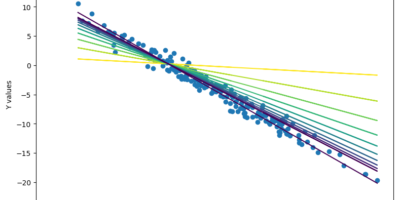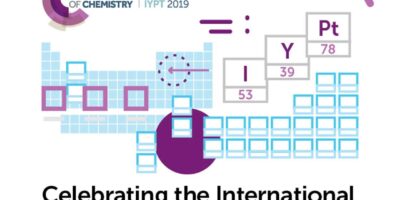Two weeks ago Google-owned smart phone company Motorola revealed a project which could revolutionize the mobile device market. The one-year-old project, known as “Project Ara,” is a fully-customizable smartphone which users custom-build by selecting—among other things—the keyboard, screen and battery. The goal is to “do for hardware what the Android platform has done for software – create a vibrant, third-party developer ecosystem.”
The phone will consist of an “endoskeleton” that connects the different add-ons both physically and electronically, and numerous “modules” that contain a particular part of the phone: a battery, camera, processor, memory or even a sensor array dedicated to a unique function. Not only will consumers have the opportunity to choose which modules they want on their phone, but they will also be able to swap out old modules for new ones.
Motorola believes the ability to swap modules has many benefits. For instance the phone will be able to remain up to date for much longer than traditional cell phones because users can upgrade individual physical components as they become obsolete. This is not only advantageous for users, but also reduces the creation of environmentally-harmful electronic waste because the whole phone does not need to be thrown out if it is out of date or a part breaks.
On its blog, Motorola also announced that they had partnered with Dave Hakkens, a Dutch designer who has amassed a huge network of supporters on YouTube and Thunderclap for his similar idea, Phonebloks. According to Motorola, “Dave created a community” which they want to use to make Project Ara as successful as they can. To that end, Motorola has rolled out a number of projects to make the development of the phone open to the public. In addition to making a conduit out of Hakkens by which consumers can voice their opinions to developers, Project Ara will also make use of what is being called “Ara scouts.” Ara scouts interested members of the public who sign up to participate in “missions,” designed to be opportunities to discuss different aspects of the phone.
A final product, not to mention mass production, is still a long way off. A release date has yet to be suggested, but Motorola is expected to begin courting developers to create modules in a few months while a developer kit is expected to be released this winter. There is still a lot to be done for this risky venture. It is no wonder that Motorola is encouraging such significant public participation in the project; the product will be very-consumer driven: if consumers aren’t satisfied, this potentially revolutionary design could be an impressive flop.




Leave a Reply